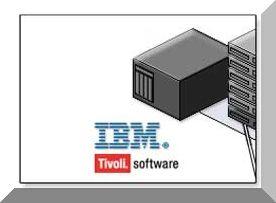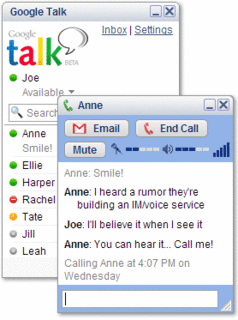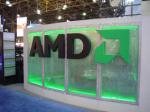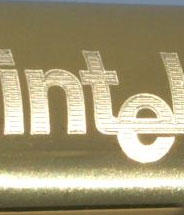'Continuous Data Protection'
 Background:
Background:Continuous Data
Protection (CDP) is an
emerging field which
targets a growing
segment of the $2.6
billion backup and
archive software
market. Some of the
CDP vendors include
Storactive of Marina
del Rey, California,
and startup Lasso Logic
in San Francisco. In
addition, Symantec's
Backup Exec (formerly
from Veritas) will be
extended to
incorporate a CDP version before the end of this year. It is currently
available via its public beta program under its code name of 'Panther' and
can be downloaded from BackupExec. Continuous protection technology
will mean an organisation need never lose data again. It will help towards
achieving regulatory compliance through ensuring all data is protected
and therefore retained. It will significantly reduce the time and cost
associated with restoring end user files, through its simplicity and
ease-of-use.
Now Comes IBM: Next month IBM will release new software for
automatically backing up files on laptop computers. The product will be
aimed primarily at mobile workers and is intended to protect data in the
event that files are accidentally deleted or become corrupted. It will be
called Tivoli Continuous Data Protection for Files. The software creates a
local backup copy of files each time changes are made. When the laptop is
connected to a network--via a Wi-Fi connection, for example--the software
also backs up the data to a remote server and so data will be protected
even if the laptop is stolen or lost. The software will be available on
September 16 and sell for $35 per laptop or desktop and $995 per server
processor.
The software will be available initially for Windows, with Unix versions to
follow within about six months, IBM says. The company will translate the
software into other languages besides English later in the year. And Yes it
supports double-byte character sets. Despite the availability of such
softwares from other vendors, IBM claims its product is a novel one. Some
other systems require a dedicated server to monitor and store file
changes, the company notes, while others back up files only periodically
--every hour or so--rather than continually.



 This posting is not Technology-related ...
This posting is not Technology-related ... We reported on
We reported on 



 Macromedia has updated its market leading Web
Macromedia has updated its market leading Web



